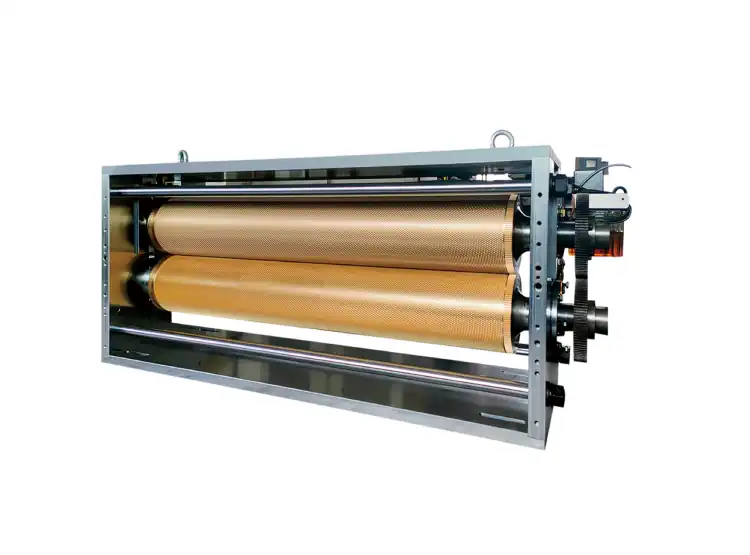Messi Biology states that magnesium carbonate, with its triple characteristics of gentle abrasion, alkaline buffering, and environmental safety, has become an indispensable functional material for cleaning frosted copper rollers. Through scientific formulation and process optimization, it can simultaneously achieve deep cleaning, equipment protection, and sustainable production goals, providing a reliable cleaning solution for high-end printing and metallurgical industries.

Key Application Advantages
1. Targeted Stain Removal
- Ink Residue: Magnesium carbonate adsorbs pigment molecules, while its weakly alkaline environment breaks down the binder.
- Copper Patina (Basic Copper Carbonate): It is converted into a soluble complex through an ion exchange reaction.
- Resin Polymers: Micro-abrasion disrupts the cross-linked structure, and it works in conjunction with solvents for dissolution.
2. Surface Function Restoration
- Gently polishes the roller surface during cleaning, repairing micro-scratches and enhancing the adhesion for subsequent coating or printing.
- Forms a protective Mg(OH)₂ film, which slows down re-oxidation during use.
3. Cost Control
- Reduces the use of strong acids/alkalis, lowering equipment anti-corrosion investment by 25%.
- Extends the lifespan of copper rollers by ≥30%, reducing the frequency of downtime for replacements.
Cleaning Strategies for Different Stains
1. Ink/Resin Residue
- Formula Synergy: Magnesium Carbonate + Non-ionic Surfactant (e.g., Alkylphenol Polyoxyethylene Ether)
- Action: Micro-abrasion breaks the polymer cross-linking, while the surfactant emulsifies and peels it off.
2. Copper Patina (Basic Copper Carbonate)
- Chemical Reaction:
Cu₂(OH)₂CO₃ + 2MgCO₃ → 2CuCO₃ + Mg₂(OH)₂CO₃ - Product: The resulting soluble copper salt is washed away.
3. Carbon Deposits/Oxides
- Physical Removal: Magnesium carbonate particles embed themselves in the cracks of the carbon layer and are stripped away by shear force.
Operating Guidelines
- Dilute the magnesium carbonate-containing cleaning agent to a 5–8% concentration, heat it to 50°C, and pump it to circulate through the cleaning system.
- Use a low-pressure spray of 0.2–0.5 MPa, focusing on areas with heavy stain accumulation.
- After rinsing, wipe dry with a soft cloth and dry with 80°C hot air to prevent residual spots.
Precautions: Avoid mixing with strong acids to prevent CO₂ gas from causing foam overflow; store in a sealed, moisture-proof container to prevent caking.
